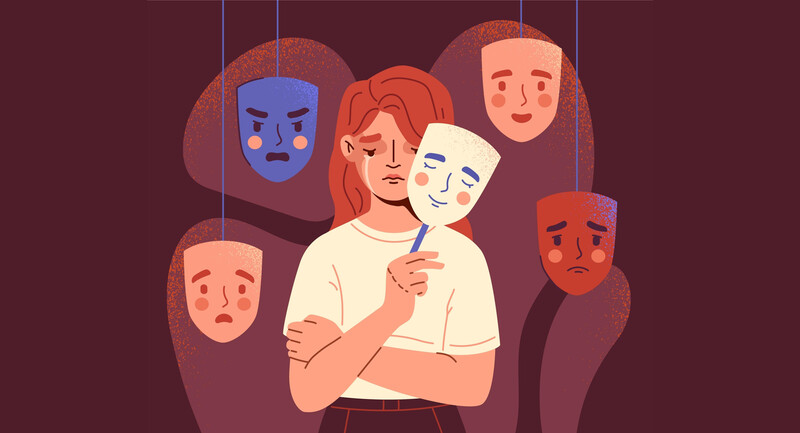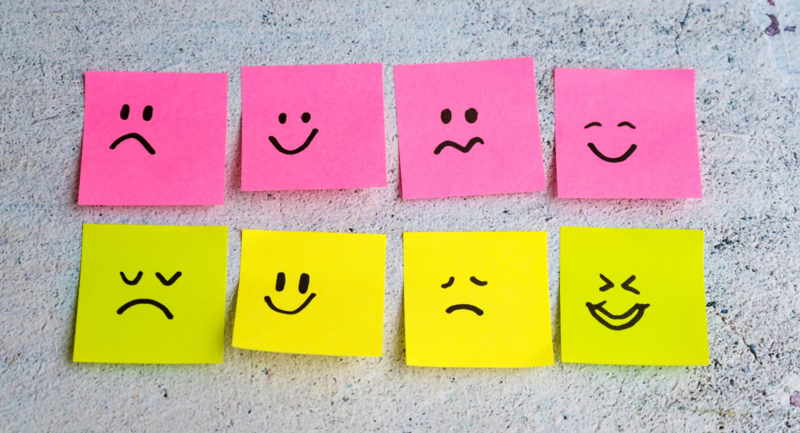As we approach the Conference on Teaching Excellence in Orlando, Florida June 25 to 27, ASCD asked conference presenters to answer questions about their sessions. This Q&A features Kristina Doubet and Eric Carbaugh, educators and ASCD authors. Learn more about CTE 2019 here.
You are doing two presentations at CTE19. Describe what educators will gain from each session.
Eric Carbaugh: The main objective in [our first session,
Using Performance Tasks and Projects to Foster Resilience] is to help participants better understand the role of high quality tasks and project-based learning in helping kids transfer their learning and fostering resiliency and thinking about instruction and assessment a little differently than they have before. Then, we’ll also give them some practical tools to be able to approach that and understand the role of project-based learning and performance tasks in assessment and instruction, as well as how we build resiliency in students with these alternate approaches.
Kristina Doubet: [The second session, Using Digital Tools to Foster Resilience Through Authenticity and Connection] is about using technology to foster resilience in the classroom. What we’re really looking for there is how can we use apps [not] because they are blingy and exciting, but apps that will help students connect and showcase what they learn and kind of broaden the field both in how they share with the teacher what they’ve learned and provide more authentic settings for them to showcase. We’ll talk about how to use digital tools for both formative and summative assessment as well as how can we harness tech to build a more resilient learning community, a community where kids feel safe and supported. Those kinds of things are what help kids relax into their learning and help them to prosper. We’re also looking for ways that we can to deliver apps that are more tailored to student needs.
How did each of you get into education? What drew both of you to do work in resilience?
EC: I got into education through swim coaching and realizing that I enjoyed working with kids and honestly I’ve always felt that coaching is a model is a good translation to instruction. That was my entry point to working with kids and I realized I liked doing that, and I enjoyed the content too. I was a special ed teacher, so I enjoyed the content. And resiliency with me, the biggest thing has always been empathy, understanding where kids come from, background they have and reasons why they might struggle or they might need to build resiliency. To some degree, I was that kid growing up, so I see myself in a lot of students, in how they sometimes need someone to believe in them a little bit and provide them with extra support and provide them with opportunities – that’s what our sessions are really about, thinking about instruction differently – it’s about providing kids with opportunities that provide a different way of approaching something than they’ve experienced before.
KD: I started out as a high school English teacher and that was because I wanted to teach English, and I quickly learned within my first two weeks that I was not teaching English, I was teaching kids. My time in the classroom transformed me – my first two years especially. My second year I moved to middle school and man, you have to teach kids in middle school. You cannot teach content, you have to teach kids. I’m just so grateful for those students the first three years who told me very frankly what they needed. I learned more from that than anything else. So I think my 10 years in the classroom was really about being a student of my students. Learning from them, asking them questions, making sure the classroom was safe so they felt they could do that and express what they needed to grow to me and to their classmates.
Classroom community has always been a big thing to me – to make sure that students not only feel known, but accepted and embraced by me and their classmates. I think that if that’s there and you have open lines of communication, you know better how to help kids to be resilient and you know better how to tailor your instruction and you know better how to create learning experiences where kids are willing to invest their time and that will help keep them invested throughout the unit, throughout the task, to be the hook that pulls them through.
How do you define resilience?
KD: The ability to bounce back in the face of challenge, the ability to push through when times get tough. That challenge and toughness can come from so many different directions, so it might be challenges at home or challenges with their own state of mind, there’s just so much trauma in the classroom now, as well as challenges in learning.
What should all educators know about fostering resilience?
EC: First and foremost, it’s going to be different for every single kid. Relationships are really important – to know your students and where they come from, their backgrounds. Resilience can mean different things for different kids. Understanding what that is before we think about how we put things in place to help kids become more resilient both in the classroom and outside of the classroom.
What is the role of digital tools in building resilience?
KD: It really is how you use them. If you use them appropriately, we can use them in their classroom to connect students with their classmates and then go beyond the screen, but our students are, in many cases, more comfortable communicating with the screen than face-to-face. Just like with everything, we want to meet them where they are, but call them to something higher. Using a digital tool to make that initial connection so they start to relax a little bit so their guard goes down and using that to bridge into fostering real face-to-face relationships.
EC: To give an example, FlipGrade is a great tool for a couple of different reasons. One is that students can share things about who they are from a relationship and community standpoint. FlipGrade is a tool that allows students to record video and gets posted to a class page. As a teacher, you can get to know students a better and use that as a relationship building and community building tool where they share something about themselves. Students can get to know each other that way as well. That’s pretty foundational to building resilience learners. The other piece of that is providing an outlet for students to show things they have learned in a way that’s different. When we think about resiliency, it’s about providing different options for different kids sometimes, so for some kids, rather than spending a lot of time writing something out, they can share their ideas online. Like Kristina talked about earlier, it’s about meeting kids where they are – if we don’t meet them where they are, makes it really difficult from a relationship standpoint, from a community standpoint.
EC: When people think of [using tech in the classroom] as scary, it can be really overwhelming because there’s so many things available – more and more every day. We try to hone in on with teachers is to help them understand that they can pick things that have value and that they can harness it in a way that’s going to transform learning and help kids become resilient learners – it’s repeating learning in a different way. So, how do we find something we’re comfortable with, first. When you say you’re going to jump in and try 15 different tech tools, that’s, quite frankly, a fool’s errand.
KD: We do present tools for building communities, tools for gathering performative assessment data, tools for delivering differentiated tasks and at each point we stop and talk about which one is appealing to you, which one do you feel comfortable with, and what would be a good place to start. Might have a whole range to choose from, but encourage them to pick just one from each category to explore. Sometimes, like Eric was describing, one tool like FlipGrid can accomplish so many goals. So we’re happy if they walk away with tools that help them accomplish their goals. We don’t want to say ‘hey, here’s a bunch of stuff!’ Find a tool that’s going to help you do what you want to do, but do it better. If it’s one or two things, we’re excited about that.
EC: It’s all about purpose, right? Making sure there’s a reason for using it that you’re going to elevate the classroom and community.
Building on the theme of CTE this year, what does a resilient school look like for you?
KD: A resilient school is going to have structures in place that does what we just said – meets kids where they are. Some structures need to be a little more understanding and flexible than we make them right now. We have kids that are dealing with things like taking 3 buses to get to their school, so maybe we need to be a little more flexible about attendance and tardiness and things like that, but also proactively building in structures so that teachers take time to get to know students and not encouraged to breeze through curriculums as fast as they can. Schools whose leaders say ‘Hey, I like that you are taking 3 days to get to know your students and help build an environment because I know that’s going to help things go smoother throughout the rest of the year,’ rather than ‘you better get in day one and start teaching those standards.’ Because if that’s what we’re doing, we’re not going to reach our kids at all.
Eric: Schools that value community and put community first and ones that are flexible enough to realize that the needs of kids are going to differ and can respond to those, is a really foundational piece for resilient schools.
Is there anything that I haven’t asked that you’d like to mention about your sessions at CTE?
KD: Digital tools are also means of helping students see some authenticity in their work – it gives them a way to blog or make videos or to share out on other platforms so they have a public audience and a voice. It helps foster resilience when kids see meaning and purpose behind their work.
EC: If we’re doing our job right, they should see a lot of crossover between sessions and really strong connections there. Kristin and I view education relatively holistically and believe a lot of things are interconnected and interrelated. The way we approach both of these sessions are from a student-centered, community-centered approach where that seam of resiliency and tools they can use to promote a resilient learner and a resilient classroom. They should see that woven through both sessions.
Learn more about fostering resilience through digital tools by attending Eric and Kristina’s sessions. Their first session, Using Performance Tasks and Projects to Foster Resilience, will take place on June 25 at 9:45 a.m. and June 26 at 2 p.m. Their second session, Using Digital Tools to Foster Resilience Through Authenticity and Connection, will take place June 25 at 11 a.m. and June 26 at 3:15 p.m.








